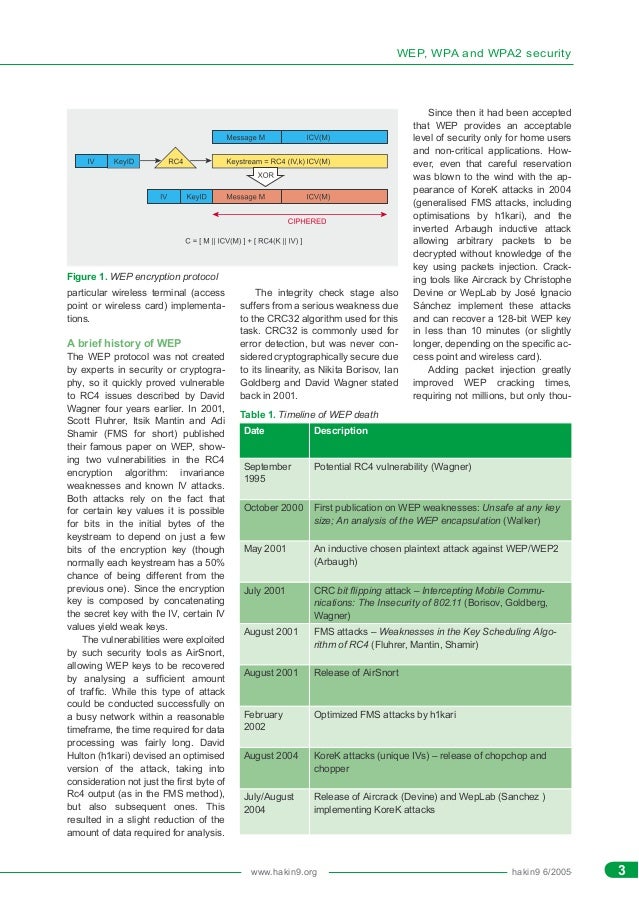
Until now, WPA and WPA2 have been used to protect wireless networks. Thus, for example, the 802.11n standard (and later versions) doesn’t work when TKIP is configured. The Wi-Fi Alliance has taken steps in that direction.

These days, WPA and the TKIP cipher are no longer sensible options, and you should only use WPA2 with AES-CCMP. 802.1X: key obtained using the protocol defined in the 802.1X standard – commonly referred to as WPA-Enterprise.PSK: pre-shared key – commonly referred to as WPA-Personal.Likewise, two key management methods can be used: AES-CCMP: new and much safer encryption – needs new hardware to work.TKIP: WEP-based encryption designed to correct the flaws discovered in WEP without changing the necessary hardware.WPA and WPA2 are both complete security solutions providing device authentication and data encryption. The differences between WPA and WPA2 are minimal: they use different information elements to announce security capabilities and the group key negotiation can be done more quickly in WPA2. When the 802.11i standard was finally published, the Wi-Fi Alliance embraced WPA2. Instead, they went ahead and introduced WPA based on a non-definitive but fairly advanced version of the amendment. In view of WEP’s vulnerabilities, the Wi-Fi Alliance (the standard body responsible for certifying WLAN equipment to ensure interoperability between operators) considered that it could not wait for the IEEE to finish the process of publishing the 802.11i standard. Contrary to what people usually think, there aren’t any major differences between WPA and WPA2. This amendment is the basis for the so-called WPA and WPA2 security protocols.

The IEEE soon began working on an amendment to the standard in the form of 802.11i, which defined the basis for a secure WLAN network. Unfortunately, the initial developers were really not experts in security, and the security protocol that they developed, known as Wireless Equivalent Privacy (WEP), was soon easily overcome by unsophisticated attacks with attackers taking under an hour to discover the key. That is why, right from the outset, a great deal of importance has been attached to wireless network security.īy 1999, the first version of the IEEE 802.11 standard – which constitutes the basis for WLAN network operation – already devoted a section to describing the procedures to achieve a secure network. With high-gain antennas, it is possible to listen in on the data that passes through an office from outside the building. The nature of electromagnetic waves is such that anyone in a wireless network can receive the data sent over the air.


 0 kommentar(er)
0 kommentar(er)
